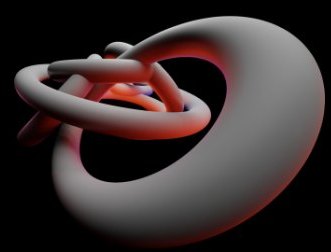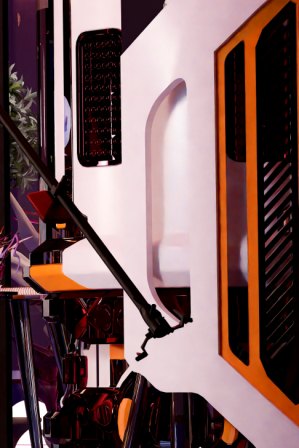 The world of computer graphics and high-performance computing is a dynamic and ever-evolving realm. In this landscape, the number of shader groups plays a pivotal role in determining the efficiency and performance of applications. Shader groups are a fundamental component of modern GPUs, influencing various aspects of rendering and computation. In this article, we will delve into the significant impact of the number of shader groups and how it affects the way we interact with graphics and compute hardware.
The world of computer graphics and high-performance computing is a dynamic and ever-evolving realm. In this landscape, the number of shader groups plays a pivotal role in determining the efficiency and performance of applications. Shader groups are a fundamental component of modern GPUs, influencing various aspects of rendering and computation. In this article, we will delve into the significant impact of the number of shader groups and how it affects the way we interact with graphics and compute hardware.
Shader groups, also known as thread groups or workgroups, represent a collection of individual shader threads or workers that work in parallel to process data.
The number of shader groups can significantly affect the following key aspects:
- Parallel Processing. Shader groups are at the heart of parallel processing in GPU architecture. They enable multiple tasks to be executed simultaneously, effectively utilizing the immense computational power of modern graphics hardware. The more shader groups available, the greater the potential for parallelism. This, in turn, can lead to faster rendering and computation, making it a critical factor for applications demanding real-time responsiveness.
- Load Distribution. The number of shader groups directly impacts the distribution of computational workloads. With a higher number of shader groups, the GPU can efficiently distribute tasks across a larger pool of resources, preventing bottlenecks and ensuring a balanced workload. This balance is crucial for applications that require consistent performance, such as video games, simulations, and scientific computing.
- Resource Utilization. Optimal resource utilization is a key consideration when determining the number of shader groups. GPU resources, including processing cores, memory, and cache, must be efficiently managed to achieve peak performance. A higher number of shader groups can help better distribute and utilize these resources, reducing resource contention and enhancing overall efficiency.
- Memory Bandwidth. Shader groups also affect memory access patterns, which are critical for performance. A well-balanced number of shader groups can help reduce memory bottlenecks by optimizing memory access patterns. When shader groups are appropriately sized and configured, it minimizes data transfers and maximizes the use of on-chip memory, improving memory bandwidth utilization.
- Scalability. Scalability is a vital factor when considering the number of shader groups. Applications often need to adapt to a variety of hardware configurations, from integrated GPUs to high-end discrete graphics cards. Ensuring that the number of shader groups is optimized for scalability allows applications to perform well across a broad spectrum of devices, ensuring a wider reach and broader user base.
- Compatibility. Compatibility with different hardware and software platforms is crucial. The number of shader groups must align with the capabilities of the target GPU. Striking the right balance ensures that applications can run smoothly on a variety of systems, making it accessible to a larger audience.

In conclusion, the number of shader groups is a critical factor that significantly affects graphics and compute performance. It directly influences parallel processing, load distribution, resource utilization, memory bandwidth, scalability, and compatibility.
Optimizing the number of shader groups is essential for ensuring that applications can harness the full potential of modern GPUs, offering users a seamless and responsive experience. As technology continues to advance, understanding and effectively managing the number of shader groups remains a key consideration for developers and hardware manufacturers alike in the pursuit of high-performance computing and exceptional graphics rendering.
